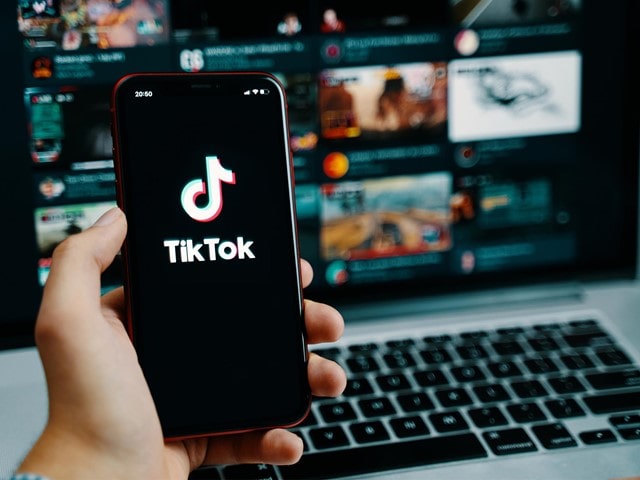
Tensions between two of the world’s major powers have found a perfect excuse in technology. While China threatens the rest of the planet with leading the world economy in an unparalleled strategic turnaround, the United States has seen its leadership in the digital economy reduced to a trickle. First came the Communist regime’s impositions on American businesses. If they wanted to do business there, they had to jump through hoops. Then came the complications of 5G technology which is set to mark the next digital revolution. And, now, the controversy comes from a seemingly harmless application: TikTok.
This application, owned by the Chinese firm ByteDance, is the fashionable phenomenon among young people. The service has managed to articulate an addictive proposal based on the diffusion of micro-videos, becoming the enemy of the main social media brands, Facebook and YouTube. The great threat. It is consulted about 60 minutes a day, according to studies consulted by this newspaper. But, as a background, the United States’ accusations that it is another social network in the service of Beijing. In fact, the cyber-activist group Anonymous claims that TikTok has been created directly at the request of the regime.
An addictive interface full of exhibitionism
Is it really a threat to users? Why is there so much controversy? TikTok has broken the mold. In a few months it has accumulated more than 2 billion downloads worldwide and about 800 million active users. With its combination of fun videos, dancing, and playbacks, it has become the hottest ticket. India, China and the USA are its main markets.
And the reality is that it’s popular with young people and, above all, it’s popular with teenagers. The future of consumers has found its amusement in a service whose user interface design is intended to increase the rate of consumption to levels never seen before. All profiles, unless users decide otherwise, are activated publicly. In other words, all the videos produced can be viewed by anyone who has downloaded the application to their mobile phone.
A dynamic that skips the minimum recommended ages. There is a lot of exhibitionism. Young girls who like to show off their beauty, videos that are sexualized and that can be consulted without having to follow them, something that applications like Instagram brought to their field some years ago. This represents a profound change in the behaviour of the new generations, who are less shy about showing off in public. The nesting algorithm is also designed to provide the user with content that best fits their browsing history, even without prior registration.

Uncontrolled videos and data collection
Around this phenomenon a new breed of “influencers” has appeared. Users, boys and girls, who accumulate large audiences that sometimes surpass well-known celebrities. Something curious that has fed the interest of the commercial brands to carry out actions of marketing of contents. The problem is that there is hardly any control.
TikTok collects a large list of personal data. According to this newspaper, the service, created in 2018 after the merger with Musical.ly, accumulates information on browsing history, geolocation, mobile device model and even reads periodically even the clipboard used at the time a user copies and pastes. It is also believed that a cadre of “influencers” has been artificially deployed to make British users even more addictive.
What if it is a cybernetic tool?
The main fear of the United States is that TikTok is a tool in the service of the communist regime. Secretary of State Mike Pompeo said this recently when he directly accused the company of “leaking information to the Chinese communists. If Huawei is considered by the U.S. government to be an instrument with ties to the Chinese Communist Party, this “app” is believed to be yet another leg in those close relations. Although it has not yet been proven. In fact, the company claims that the data is hosted on servers outside of China.
Another concern, according to The Guardian, is that TikTok’s staff and automated systems applied controversial rules of moderation that went so far as to censor material considered politically sensitive. Some of these banned images were from the 1989 Tiananmen Square protests and the Tibetan independence protests. These events have fuelled the specter of censorship. All this has led the Trump government to consider even banning it.
Visit their page to get more info on where to buy tiktok likes.
